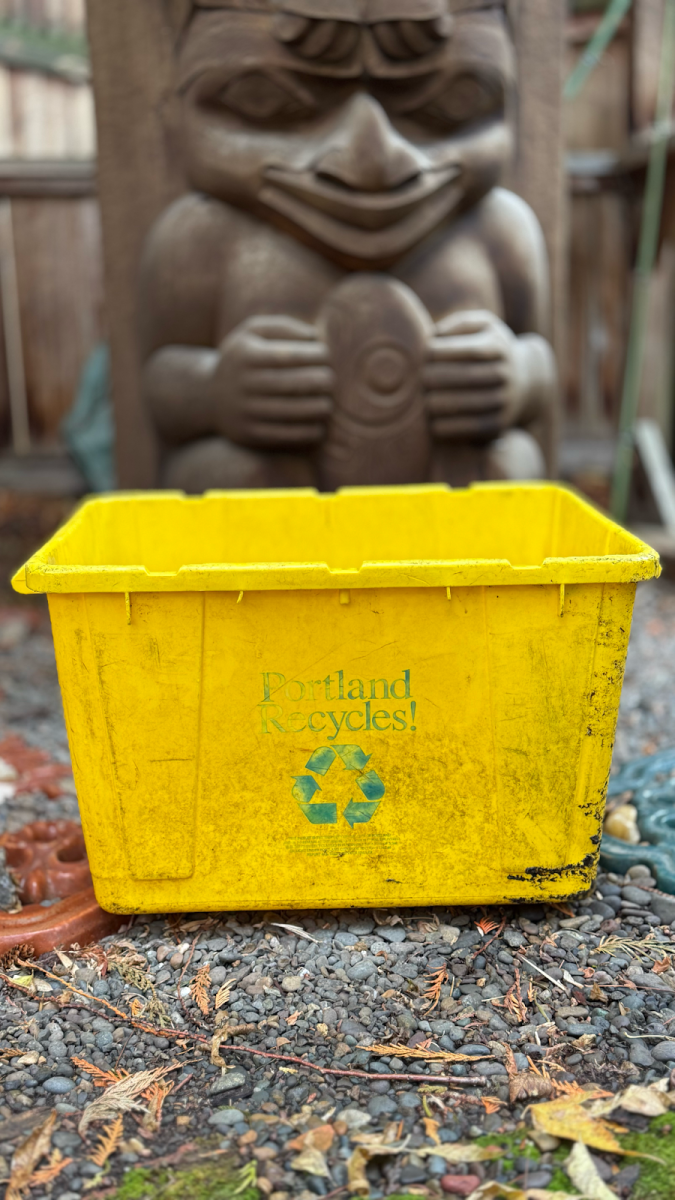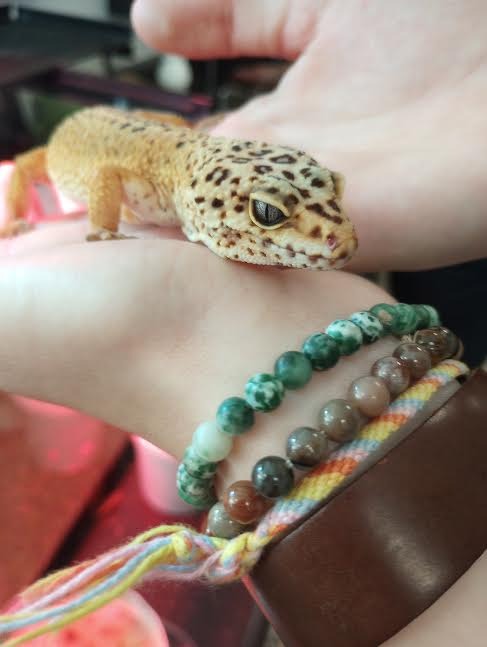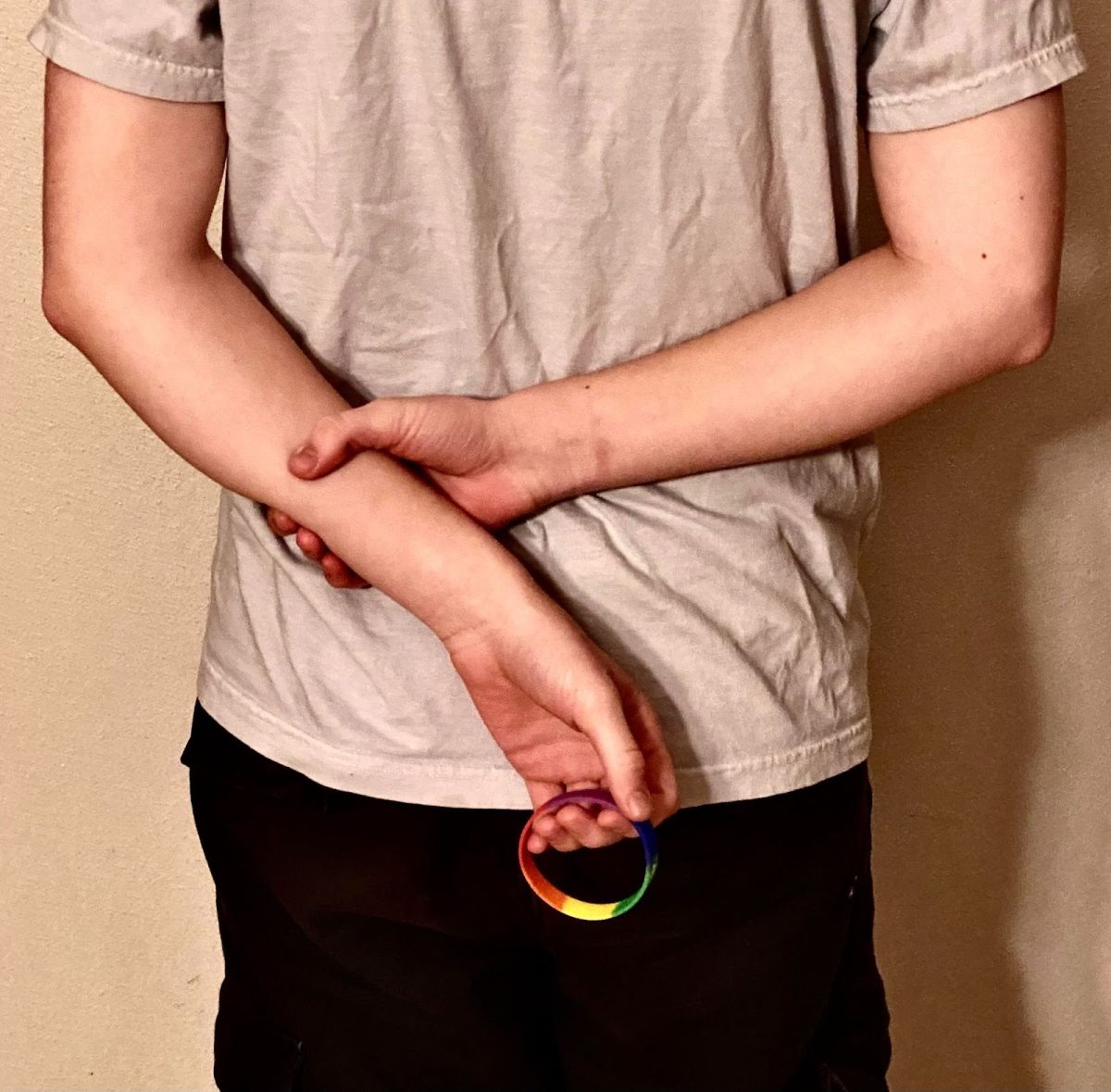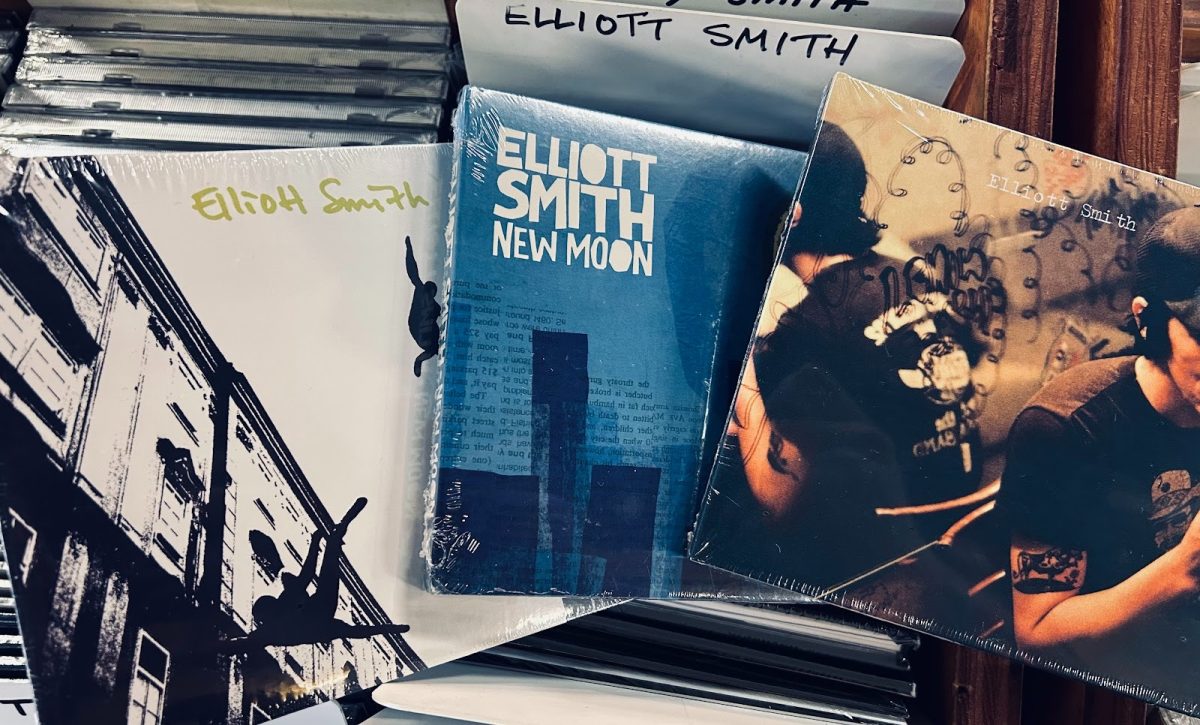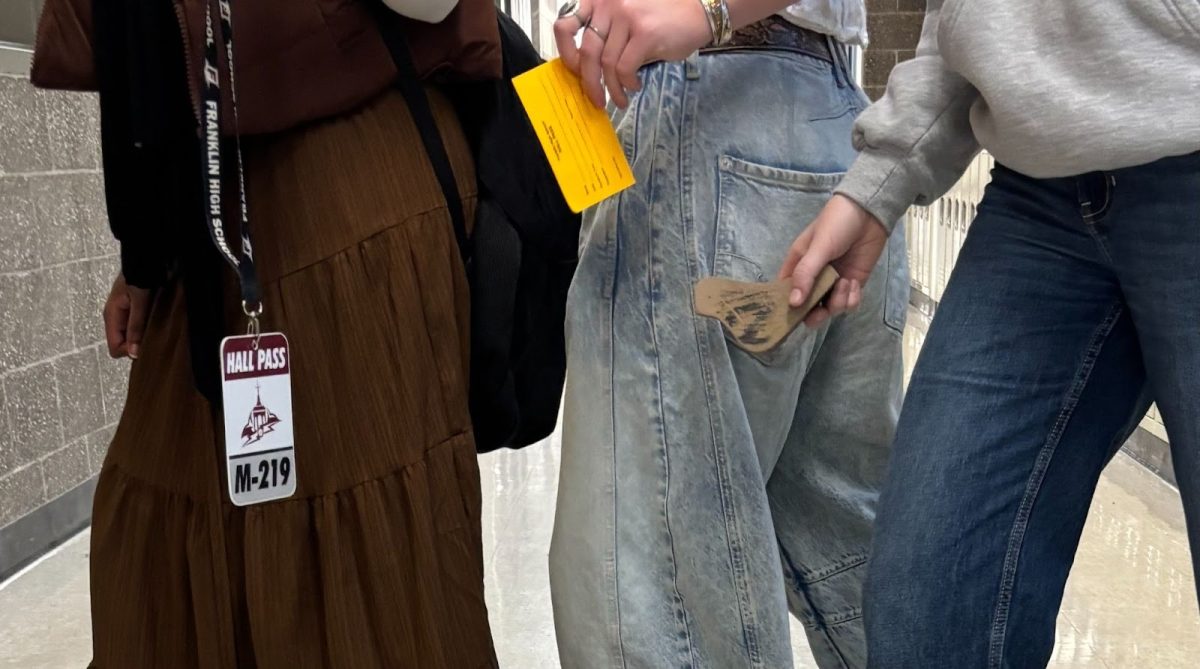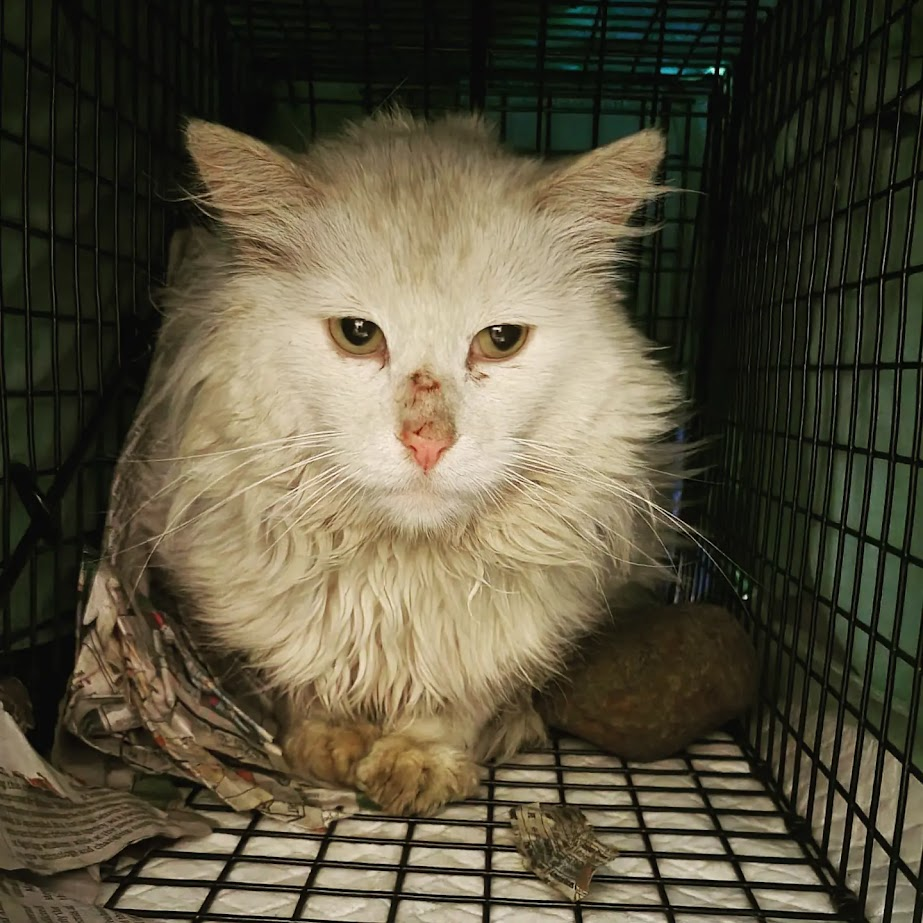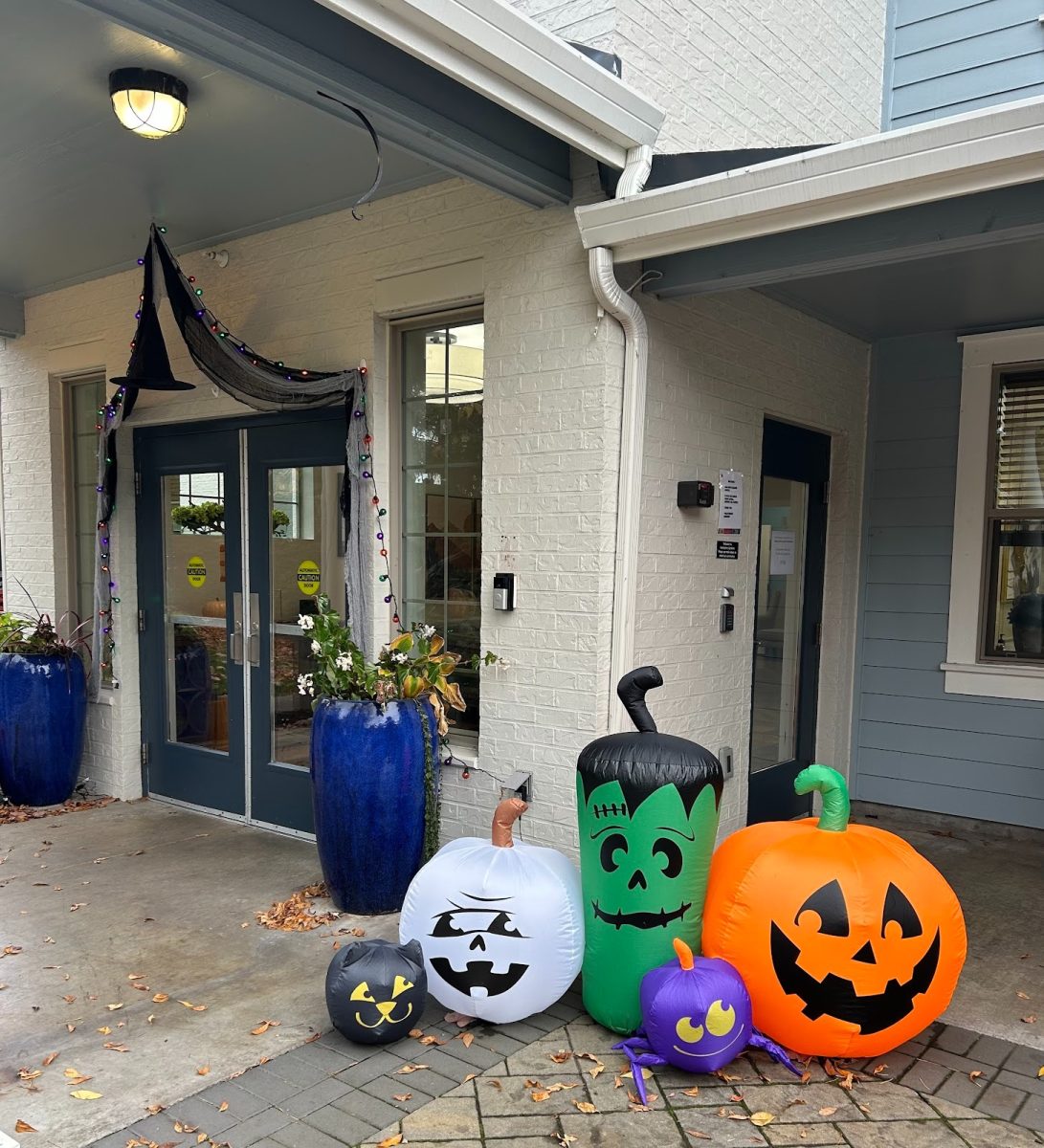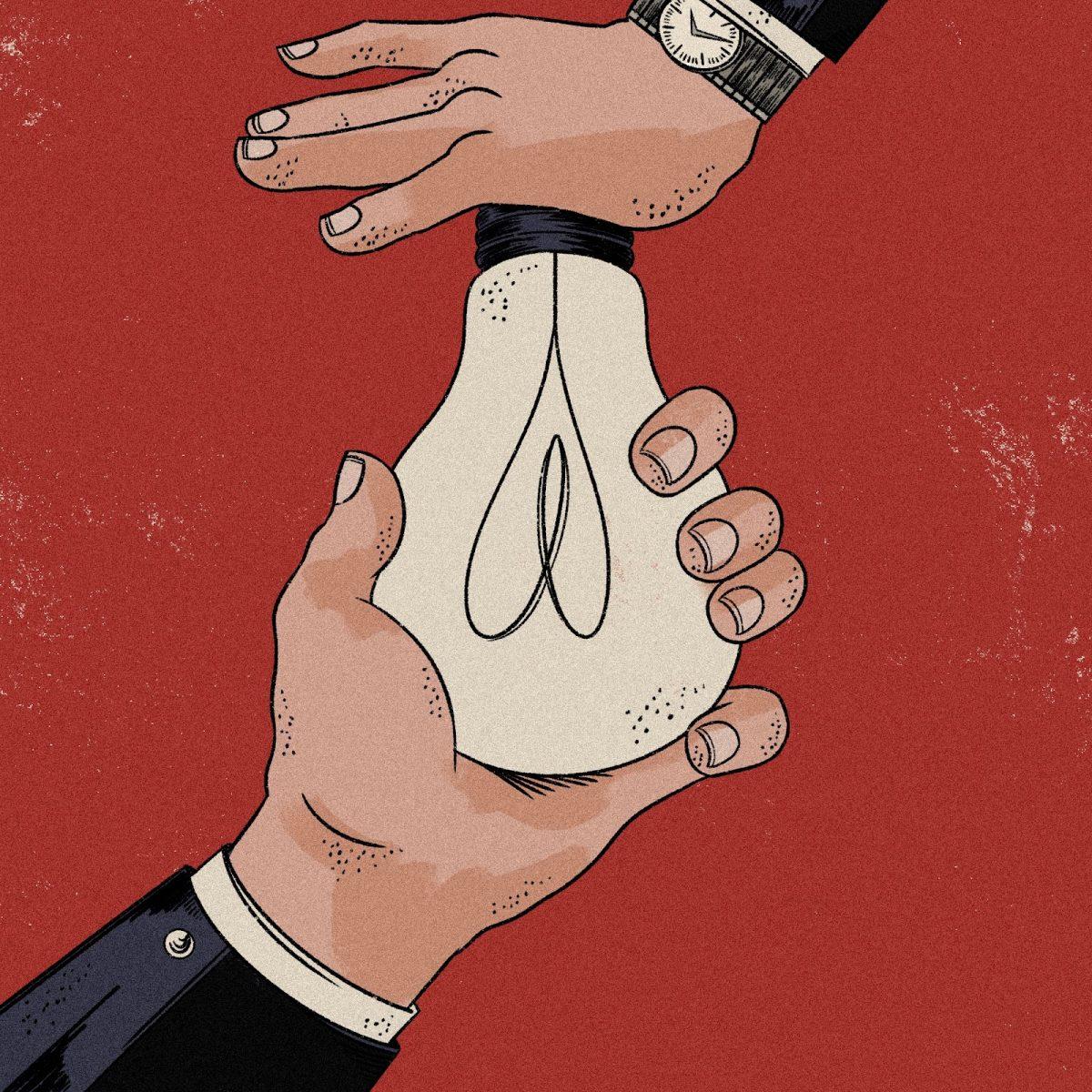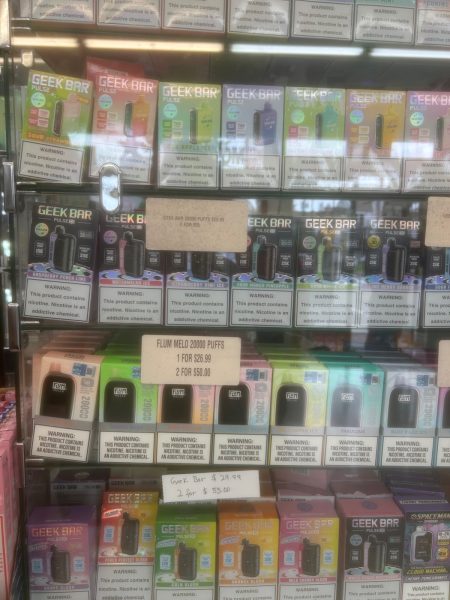
Pink lemonade, mango, blueberry, sour raspberry, and mint. These flavors are often associated with candies or slushies but are also linked to another product, one adored by teens worldwide: vapes. The availability of sweet flavors for nicotine products has sparked a heated debate across the country. Vaping devices themselves — often colorful — are meant to seem fun and grab the attention of users, leading many to argue that the combination of flavor and visual appeal creates a more considerable temptation for youth to use nicotine.
The use of flavored nicotine in schools has been a point of contention within the debate over youth use of nicotine. “I see people vape at school all the time,” reported an anonymous student at Benson Polytechnic High School. They explained that previously, when Benson was at the Marshall campus, “the bathrooms were always filled with girls vaping.”
An anonymous Franklin student substantiated these observations, saying he sees people vape at school daily. Further, Ashley Cohen, the substance use support specialist at David Douglas High School and David Douglas’ Fir Ridge Campus, explained that she receives reports of students using nicotine vapes on school premises weekly.
According to the Centers for Disease Control and Prevention, among middle school and high school students who currently use e-cigarettes, 87.6% use flavored ones. Nicotine, the highly addictive chemical compound found in cigarettes and vapes, is what makes people addicted to flavored vapes and other e-cigarette products. However, the Franklin student explained that after vaping for the first time, it was the flavored products that led him to vape again, and he eventually became addicted to nicotine.
Oregon Senate Bill (SB) 702, introduced in January of 2025, aims to address the problem of flavored nicotine’s appeal to youth. If passed, the bill would ban the distribution, sale, or attempt to sell “flavored inhalant delivery system products or flavored tobacco products in [Oregon].”
SB 702 follows the ordinances banning flavored nicotine products in Multnomah and Washington counties, although the Oregon Court of Appeals halted enforcement of the local ban in Multnomah County. A chief sponsor of SB 702, Senator Lisa Reynolds, has testified in favor of these ordinances. As a former pediatrician who had been approached by parents, students, and other physicians about teen vape use, she thought “it seemed natural that we would want to bring [the bill] statewide.”
This is not the first bill of its kind. Around the country, many states have attempted to implement statewide bans on flavored nicotine products, including California, New York, and Colorado. Reynolds elaborated that the bill hopes to protect the health and safety of youth by taking into account the availability and appeal of flavored nicotine products. “My priority … day in, day out, in the legislature and certainly in my exam rooms, in the clinic is the health and safety of children,” explained Reynolds of her motivation for pursuing SB 702.
She emphasized that, regarding flavored vapes, “the demographic that [she is] most concerned about is kids.” The products are seemingly targeted at this young group; sweet, candy-like flavors are manufactured to taste good and create a heavy appeal. Similarly, menthol, a minty-flavored chemical, is added to many e-cigarettes. These electronic devices heat a liquid often referred to as “vape juice,” which contains the chemicals being inhaled. According to the National Library of Medicine, menthol vapes can be more soothing than other tobacco products due to the cooling effect that menthol creates when inhaled.
As reported by both the anonymous students and Cohen, the occurrence of teens using menthol vapes is strikingly less than that of flavored vapes. Although preference varies from person to person, candy-like flavors are often more appealing to youths. The Franklin student remarked, “I like menthol and tobacco flavors, but nothing beats Miami Mint.”
Cohen explained, “Statistically, drug and alcohol use among teens has decreased. I believe that flavored tobacco products ensure that the tobacco industry continues to make a profit.” This emphasizes her belief that flavored products are a way for the tobacco industry to remain profitable as the use of related products decreases. A 2022 survey by the University of Michigan’s ongoing Monitoring the Future research project shows that the use of marijuana and nicotine vapes by youth dropped significantly after the pandemic.
Moreover, cigarette use in youths is even less common. Cohen explained that she has observed very few students using cigarettes throughout her experience working in schools. Traditional tobacco cigarettes have a much harsher feeling on the lungs when inhaled — not only because they contain around 7,000 different chemicals, 69 of which are known to cause cancer, according to the American Lung Association — but also because individuals smoking traditional cigarettes are inhaling straight burning tobacco. In contrast, vaping is when a person inhales aerosol that has been heated up.
“I only tend to see [teens] become cigarette smokers after being addicted to vapes because they’ve grown past just craving the taste [and] now just full on want the nicotine,” explained the Benson student. Further, the hassle involved with smoking a cigarette may make such occurrences less likely on school premises. Smoking a cigarette requires more than simply pulling out a small device. “A vape you [can] hit as many times as you want, anytime. But [for] a cigarette you have to have a lighter, be outside, [deal with] the smell and everything, so it’s less common,” the Franklin student summarized.
The Franklin student continued, “I have certain friends who are very into all the flavored vapes, but then I have a couple other friends who don’t do flavored vapes at all and only have menthol [vapes] or cigarettes.” The Benson student explained that they exclusively smoke marijuana on purpose, avoiding nicotine vapes as a preventative measure against addiction: “I feel very tempted by flavored vapes. When I smell them, it makes me want to hit it, which is why I don’t let myself.”
Cohen explained that many students she works with “are surprised to learn about the long-term health risks associated with all e-cigarette use.” Though they may be unknown to young users, the costs for youth of smoking nicotine are vast. Teens, whose prefrontal cortex — the decision maker in the brain — hasn’t fully developed yet, are much more susceptible to the impacts of nicotine than older age groups. This results in a higher likelihood of developing a severe addiction to nicotine. As explained by the National Library of Medicine, “Comparing smoking behavior of adolescents to that of adults may point to an enhanced sensitivity of the adolescent brain to addictive properties of nicotine.” Vaping and smoking cause inflammation in the lungs, which can lead to scarring and narrowing of the tubes that bring air in and out of the body. This can result in organ damage and cancer.
As for inhaling flavored vape devices, the Food and Drug Administration has authorized the sale of 34 menthol-flavored and tobacco-flavored e-cigarette products. Many tobacco companies argue that as businesses that employ people, banning one of their highest-grossing products would be extremely harmful to their employees. However, Reynolds contended that as a public health problem concerning youth, the bill is justified.
The anonymous students at Franklin and Benson worry that SB 702 will not be effective. As the use of tobacco or nicotine products is already prohibited for teens, illegally sourcing such products through “plugs” is the method of many. The anonymous students worry that if there was a statewide ban on flavored nicotine, their plugs would purchase flavored vapes from more dangerous places and that teens would be buying and consuming more harmful drugs. The Franklin student said, “I think [the ban is] good because, literally, [vapes are] straight up marketed towards kids, but it would suck.” They explained that currently, purchasing vapes from secure plugs is “better than getting them off of AliExpress or Temu,” referencing online stores from which they worry plugs would buy vapes if the ban occurred.
Cohen, however, would rather see funding go towards intervention and recovery programs rather than bans on the distribution. “I am not convinced that the ban will do much more than change the landscape of tobacco retailers and increase an illicit market,” she said. “I think there needs to be more funding for education, intervention, and an expansion of resources to combat the marketing of the tobacco industry.”
A State Senate Work Session occurred on April 1, 2025 to discuss the bill. As Oregon lawmakers consider SB 702 in the upcoming months, the fate of flavored nicotine products — and perhaps of those who use them — remains uncertain. Though the Benson student thinks the bill has the potential to reduce the number of people initially taking up vaping, they also believe that “it’s too late to take back the damage that has already been done with flavored vapes.”

